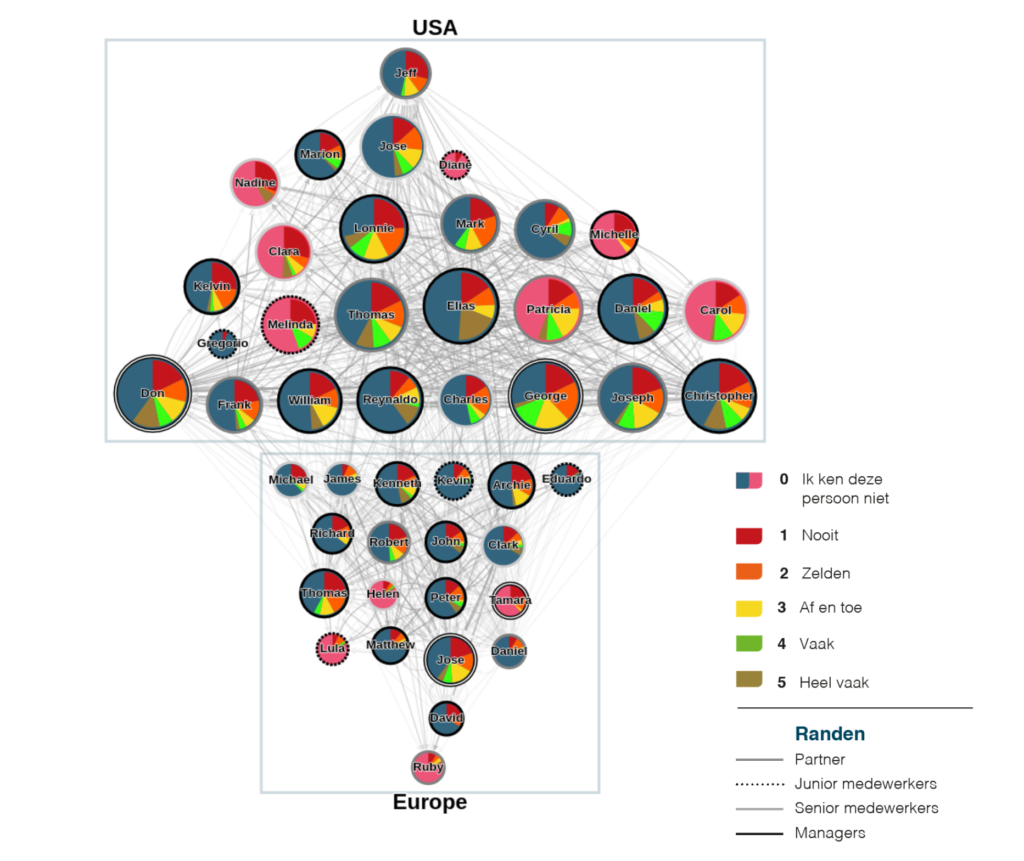Objective, fair evaluation and assessment of employees is not easy. This is because everyone does suffer from some forms of bias. In other words, everyone has prejudices. Not having a click with someone, for example, a mismatch between work styles, or of course the similar-to-me bias (the tendency to rate someone who looks like you higher). Furthermore, people also tend to rate higher skills that they themselves do not have, and vice versa. In short: it’s harder than you think. So the question is: Is there a way to introduce more objective performance evaluation?
Current situation
Many organizations use tools to monitor employee performance over time. Goals are set and periodically employees and employer review whether the goals have been met. Evaluation interviews are used to look back as well as forward. Organizations may alternatively choose ad hoc feedback conversations, at the time of a specific situation or incident. A mix of continuous feedback and formal assessment is also a possibility.
Furthermore, personality tests (Belbin, Insights, MBTI) are often used in order to learn more about each other’s personalities so that they can be taken into account in communication.
But what do we really want to achieve with this? To answer that question, we consider the concept of performance.
Individual performance
Ultimately, the mission, vision and goals of the organization are central. Individual performance indicates the extent to which a person contributes to this. If all goes well, then individual goals are also in line with those of the organization. An important aspect linking personality tests with performance evaluation is collaboration. The personality tests should ultimately help people work better together, which in turn should lead to better performance. The importance of collaboration is recognized by every organization, but so far no tools are deployed to structurally visualize, analyze and optimize collaboration.
Network analysis as basis for objective performance evaluation
Organizational network analysis (ONA) identifies interpersonal relationships between people within an organization or team. This way, it becomes clear how within the group of people there is real collaboration, sharing of information and advice, or new ideas coming to fruition. In addition, it becomes clear who plays what role in the network. By looking at individual performance and group dynamics from a network perspective, a true 360ᐤ feedback analysis is actually performed. This is in contrast to the traditional 360ᐤ feedback analysis, where only a few people are asked for feedback. The following example network of information exchange between colleagues at a consulting firm makes this clear:

The figure immediately provides some great pointers for improving collaboration and talent management:
- Melinda (one of the juniors, shown by the dotted border) is already regularly seen as a source of information and advice by those around her, judging by the size of her sphere. This is probably someone to keep an eye on.
- Elias is not yet a partner, but is pretty central to the network, a real source of information and advice.
- Diane is also a junior, but doesn’t seem to have quite found her way yet, is she getting enough help and guidance?
- Many people report not knowing each other, perhaps it is time for an introductory meeting to get to know each other better?
Conclusion
Performance evaluation becomes more data-driven and objective using network analysis. It constitutes an unbiased alternative to, or complement to, more traditional forms of assessment and personality testing. This ensures that biases or prejudices are less likely to influence the assessment process.













